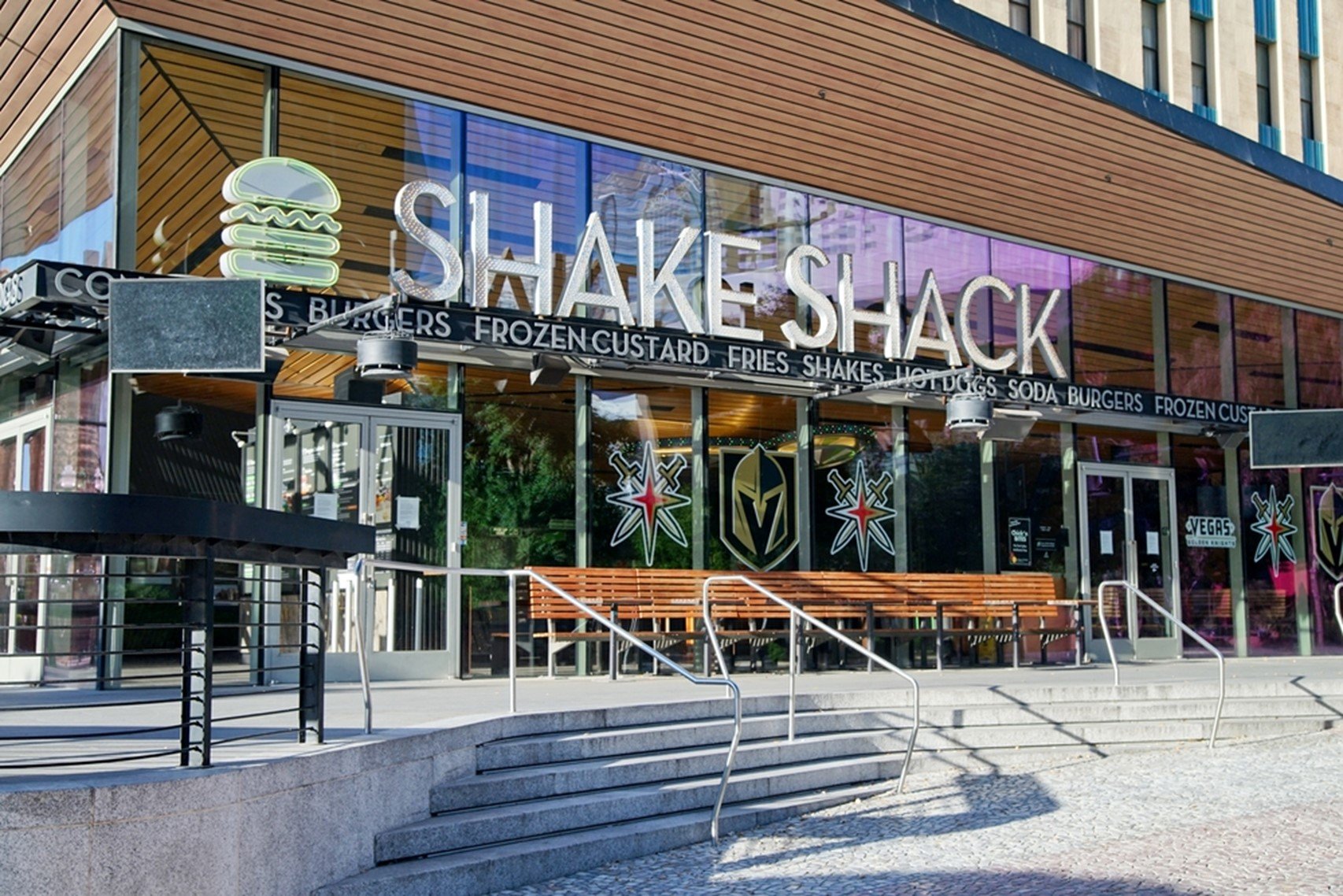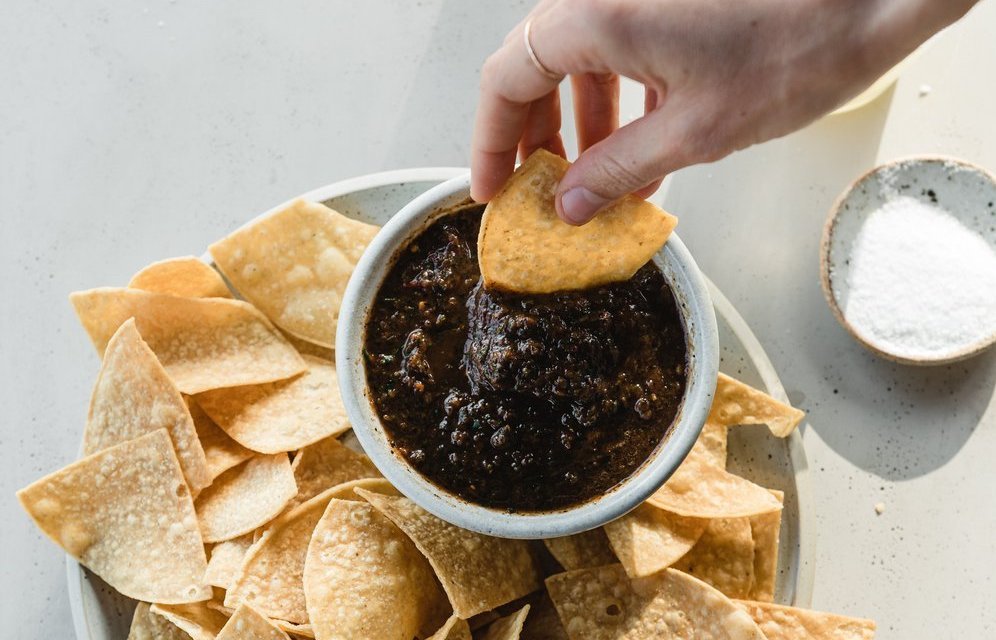After several hard years, foodservice businesses are finally enjoying a strong sense of optimism as consumers begin dining out again. Post-pandemic numbers are impressive, projecting industry sales of more than $855 billion dollars in 2023.
As the owner or manager of a fast casual restaurant, you're already welcoming customers back. They're happy to be dining out again, but their habits as consumers continue to evolve.
That means staying flexible while you tackle the challenges of running a fast-casual operation. It's time to review the budget, upgrade the menu and streamline procedures. You know from years of experience that fine-tuning strategies can help maintain customer loyalty and fill the dining room with new guests.
As we move into 2025, let's analyze how the latest fast casual industry trends are impacting your restaurant business.
What Is a Fast Casual Restaurant?
Your customers expect the convenience of fast food while they enjoy the comfort of sit-down service. Turning tables isn't as important as delivering a dining experience that encourages repeat business. Successful fast casual restaurants invite guests to stay and enjoy their meal.
Fast casual brings in customers by meeting their expectations at an affordable price. Restaurants in your group offer a wide variety of menu choices made with high-quality ingredients.
Many fast casual restaurants build their reputations on unique in-house items. Consider how these four fast casual chains continue to stand out on 2025's crowded foodservice landscape.
Shake Shack – The success of Shake Shack is driven by a combination of excellent customer service and premium burgers. Their prices are higher than some competitors, but solid sales reflect a strong customer preference for proprietary meat blends and specialty frozen treats.
Chipotle Mexican Grill – Chipotle stands out by offering ethnic dishes prepared with fresh ingredients. The menu isn't extensive, but its focus streamlines customer decisions and expedites kitchen prep.
Panera Bread – Panera draws in customers with upscale lunch items and artisan bread made in-house. Popular menu selections include roasted turkey panini, chicken Caesar salads and a variety of bread bowls.
Jason's Deli – This fast casual franchise knows how well large menus can work when they're developed around specific ingredients. Customers appreciate the chain's commitment to healthy eating. They also enjoy a wide selection of hot and cold sandwiches, fresh sides and an extensive salad bar.
How Are Fast Casual Restaurants Different From Fast Food Restaurants?
Both fast casual and fast food restaurants feature dining room seating. Orders are typically placed at a counter or kiosk. Prices are reasonable, and loyalty programs are established customer perks.
Still, your fast casual operations differ from fast food restaurants in several key areas. Understanding the contrasts between the two foodservice models can help shape your 2025 business planning around this year's trends for fast casual dining.
Let's compare key points.
Table Service – Fast casual dining includes table delivery instead of customer pick up at the counter.
Guest Seating – Group seating is more comfortable in fast casual locations. Call-ahead parties are also welcome.
Custom Options – Fast food menus don't offer the range of customization available in fast casual settings.
Menu Complexity – Fast casual menus include a variety of appetizers, entrees, sides, desserts and novelty items.
Customer Expectations – Customers choose fast casual settings for a more relaxed dining experience.
15 Fast Casual Restaurant Trends We're Seeing in 2025
As one of the leading produce growers in California, we've built strong ties across the industry.
We're always networking with local and national foodservice professionals, analyzing how the restaurant business constantly evolves.
Based on our shared insights, we feel these 15 trends will continue to influence fast casual restaurant strategies throughout 2025.
1. Increasing Online Outreach
A well-designed website has been an essential element of restaurant success for years. Since those early days, it's evolved into a must-have extension of your business.
Customers visit your site for information about everything from locations to upcoming LTOs. It all needs to be available within a user-friendly interface that invites interaction.
Expect consumers to expect more and more from your fast casual restaurant's digital presence this year, including:
Menu details and customization options
Online ordering for delivery, pick-up and dine-in
Updates on in-house specials, coupons and LTOs
Loyalty discounts based on sign-up or repeat orders
2. Rising Food Costs
Nationally, food costs are up by as much as 12% this year. That's hard on consumers, and it impacts the foodservice industry.
Your restaurant has to pass along the increase to customers or find creative ways to hold down food costs.
Reducing food waste during storage and prep is more important than ever. Buying from trusted suppliers, simplifying recipes and rethinking portion sizes can make a big difference too.
3. Slimmed-Down Menus
This latest trend is marketing-friendly, and it helps control food costs. The idea is simple: Reduce the number of items listed on your fast casual restaurant's menu.
Rather than offering multiple pages and dozens of choices, pare down selections to established customer favorites.
Engineer your slimmed-down menu around dishes that reflect a theme or fit your branding. For example, increase sales and reduce food costs by featuring small plates or specialty bowls.
4. Reduced Customer Wait Time
After extended stays at home over the past several years, consumers are less patient with time spent waiting. They want to avoid it more than ever, so cater to their preference with strategies that speed up ordering, prep and service.
Use your newly slimmed-down menus to deliver a fast ordering experience in-house and online.
Keep prep stations fully stocked and well-organized before and after every service.
Upgrade POS systems, making sure they integrate well with existing delivery and pick-up options.
5. Sustainably Sourced Ingredients
Your customers are more health conscious than ever, and they're becoming more environmentally aware.
Fast casual restaurants that stress sustainable sourcing can expect a strong, positive customer response.
Stay in front of this trend by purchasing fresh produce from trusted vendors. Simple recipe adjustments can help too.
For example, replace avocados with fava beans to blend a delicious and sustainable appetizer side dip.
6. Vegan-Friendly Menu Options
The number of restaurants that cater to vegan customers continues to grow. Fast casual restaurants can also serve this important niche by adding vegan dishes to the menu.
It's an inclusive move that broadens your restaurant's appeal to a wider customer base.
Consider developing a second stand-alone menu featuring vegan apps, entrees and sides.
Include it in your market outreach, and keep it available at POS stations. Encourage staff to become familiar with vegan-centric items so that they can help promote the new menu.
7. Healthier Food Bowls
Entrees served in bowls aren't a new concept, but guilt-free bowl recipes are definitely trending in fast casual restaurants.
Customers enjoy the additional menu choices available in different types of healthy food bowls.
Bowls can be vegan-centric meals or entree salads featuring fresh, seasonal produce. For example:
Back and front of house also appreciate the food bowl model. It streamlines prep time and expedites table service, especially during peak hours.
8. Farm-to-Table Freshness
Typically, it's not practical to stock a commercial kitchen by shopping at local farmers' markets. It is good business to apply the farm-to-table model to fast casual restaurants.
The best way to ensure farm-to-table freshness starts with purchasing produce from vendors you know and trust.
Their connections to established farming operations keep your restaurant supplied with fresh vegetables.
9. Fair-Trade Food Transparency
The concept of food transparency is part of a larger consumer trend toward ethical dining. Restaurant customers want to feel good about the food on their plates. They've come to care about how its ingredients are sourced.
Your fast casual restaurant can satisfy this new appetite for food transparency by offering the freshest produce available from responsible growers and shippers.
This purchasing strategy demonstrates your commitment to fair-trade friendly practices from field to table.
10. Automated Contactless Convenience
Fast casual restaurants won't see front of house robots delivering orders to tables in 2025. However, the technology is quickly hitting the streets. Today's delivery via autonomous vehicles provides a glimpse into the automated future of fulfilling customer orders.
The restaurant industry will definitely see increased service automation in-house, including:
Tablets in place of traditional menus
Kiosks streamlining counter ordering
Automated table-side check-out systems
11. Unique Limited-Time Offers
Limited-time offers are one of the easiest ways to generate customer interest. These enticements are especially effective on social media feeds.
LTOs bring in first-time business, and they blend well with existing customer loyalty programs.
However, with food costs on the rise, discounting a menu item isn't always practical.
Instead, make your fast casual restaurant's LTO exclusive by basing it on an upgraded recipe made with unique ingredients. This trend also serves as a solid platform for promoting new menu items.
12. Season Specific Promotions
Many fast casual operations are promoting specials based on the season. This trend differs from traditional marketing focused on the holidays.
It ties in well with farm-to-table marketing, and it also works with LTO planning year-round.
Your produce supplier can suggest fresh harvest ideas for different seasons. For example, cool-weather vegetables can inspire the kitchen to create specialties using healthy ingredients such as broccoli and Brussels sprouts.
13. Social Media Shares
Sharing a meal through posted photos is rapidly moving from entertainment to social media phenomenon. The next new food influencer may be sitting down in your fast casual restaurant right now.
Be ready for your brand to light up social feeds. Develop dishes that look great through the lens of a smartphone. Fresh, colorful ingredients, unique plating and strategic table settings all come into play.
14. Comfort Food Revivals
As customers return to restaurant dining rooms, they're ready to enjoy each other's company and regain a sense of normalcy. It's no surprise that they're drawn to the familiarity of comfort foods.
Creamy mac and cheese, rich beef stew and savory meatloaf are classic examples of dishes that are always popular with guests. These favorites can also serve as inspiration for reimagined versions of cherished traditions.
Going forward, you can depend on comfort food entrees to elevate sales in fast casual settings.
15. Comfort Zone Dining
You can also count on customers to appreciate the physical comfort of your fast casual restaurant. Inviting interiors set it apart from fast food operations. Less noise, better lighting and an overall sense of relaxation appeal to consumers.
Think of 2025 as the year fast casual dining finally makes customers feel at home away from home. They enjoy your comfortable atmosphere, automated conveniences and premium quality selections. It all adds up to increased sales well into next year too.
Hitchcock Farms: Your Trusted Source for Fresh Produce and the Latest Foodservice News
It's always our pleasure to share updates and industry news with other foodservice professionals, locally and across the country. That's especially true as we all look forward to 2025 with a renewed sense of confidence.
We hope you've enjoyed our take on the trends that will influence fast casual restaurants throughout the upcoming year.
Our teams are here to serve you with information you can use and the freshest vegetables available.
We know you want the best for your foodservice operations. You can always trust Hitchcock Farms to grow and supply the finest premium produce directly from our fields to your customers' tables.










